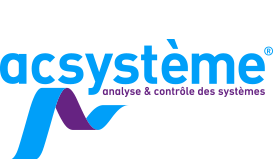Grid Code, standard for electrical networks
The Grid Code, voted in last summer by the European Commission, is an ambitious project aimed at standardising the electrical network standards in order to homogenise and optimise the production and consumption of electricity in a country and between EU countries.
The arrival of renewable energies has been a breath of fresh air for the planet but has contributed to increasing the complexity of our electrical networks. Originally designed for wind power, the Grid Code has been extended to any electricity generator connected to the network (nuclear power plants, coal-fired power plants, wind turbines, generators, etc.) with, of course, restrictions adapted to the power source. This new standard categorises generators according to power levels: for each level, requirements govern the response of generators: resistance to voltage drops, recovery time, frequency variations, power levels, etc. All these specifications require ever more accurate, controllable systems.
Concretely, this should be transparent for the consumer, but from a production point of view, many adjustments must be made to align with Grid Code standards. Today, although the number of producers is quite limited (EDF in France, E.ON in Germany, ENEL in Italy, etc.) and the installations are generally large, the number of connections to the network remains rather low. With the arrival of clean energies, the numbers of producers will multiply, as will small installations. It will therefore be necessary to be ready to coordinate all these energy sources in order to maintain a stable supply from one end of the network to the other. For this, the network must be able to withstand significant load variations that will occur, such as: a loss of sunshine above photovoltaic panels or a drop in wind speed in a field of wind turbines.
Still in the early stages, the Grid Code will enable the creation of robust, secure and homogeneous networks. With technical, economic, and sociological objectives, it will also put in place the technical and legal conditions for the creation of a cross-border electrical energy market. It will apply to any installation, new or existing.
Arthur Roué, January 2016

